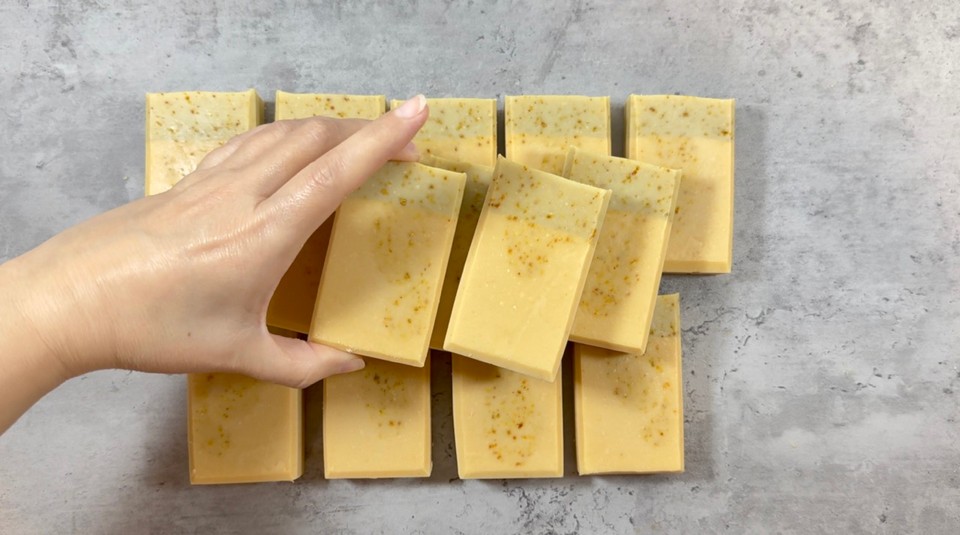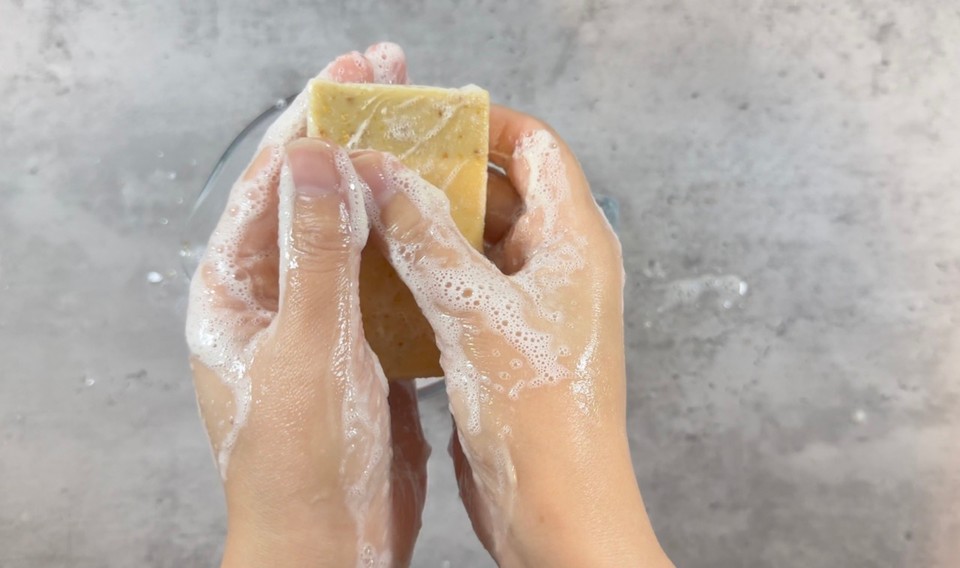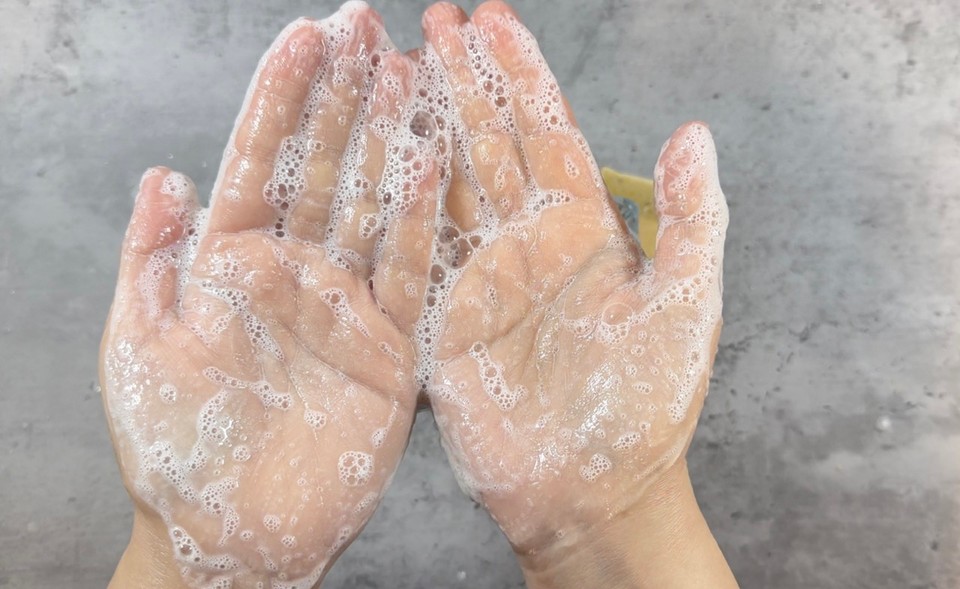Lime and Honey Soap Bar
Ingredients:
- Lime juice 280g
- Lye (sodium hydroxide) 150g
- Coconut oil 200g
- Shea butter 100g
- Cocoa butter 100g
- Sunflower oil 300g
- Olive oil 240g
- Castor oil 60g
- 1 ¾ tbs honey
- 3 tbs lime peel powder
- 1tbs french green clay
- 32g essential oils blend (15g Lemongrass, 12g bergamot, 5g Geranium)
*** There is 4.80g of citric acid in lime/lemon juice. To balance the amount of citric acid in the lime juice, I have added 14g of lye to the original recipe (in total, it’s 150g of lye after the added amount).
Soap bars are the most basic DIY you can make. Once you learn how to work with lye (sodium hydroxide), you can make body soaps or dish soaps in many ways, colors or shapes.
I wrote a post with a recipe for soap for beginners, you have more information on the basics there.
Understanding how to work with lye (sodium hydroxide) is essential since it is very corrosive and can cause burns.
Always protect your eyes and skin while making soap. Use eye-protective glasses/goggles and gloves.
Adding natural fruits or vegetables to soap is so fun. They add colors and texture to the final soap.
In this post, I'm sharing a recipe for a lime and honey cold process soap bar.
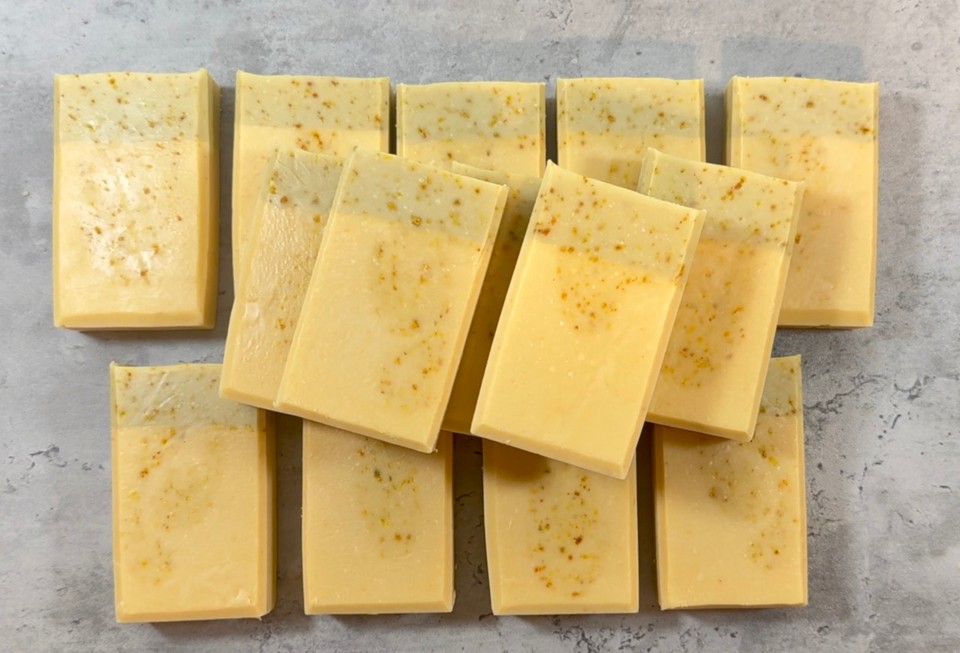
The process is a bit longer than just regular soap since I prepare some ingredients the day before making the soap.
If you want, you can replace the limes with lemons.
Here I use lime juice and lime peels. The peels give an interesting texture and very mild exfoliation properties to this soap bar.
Method:
- Clean the limes.
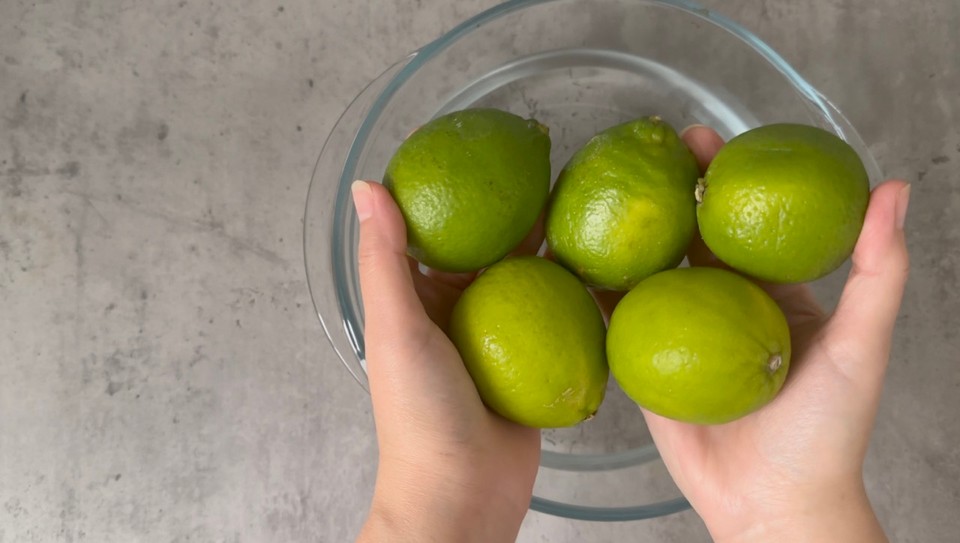
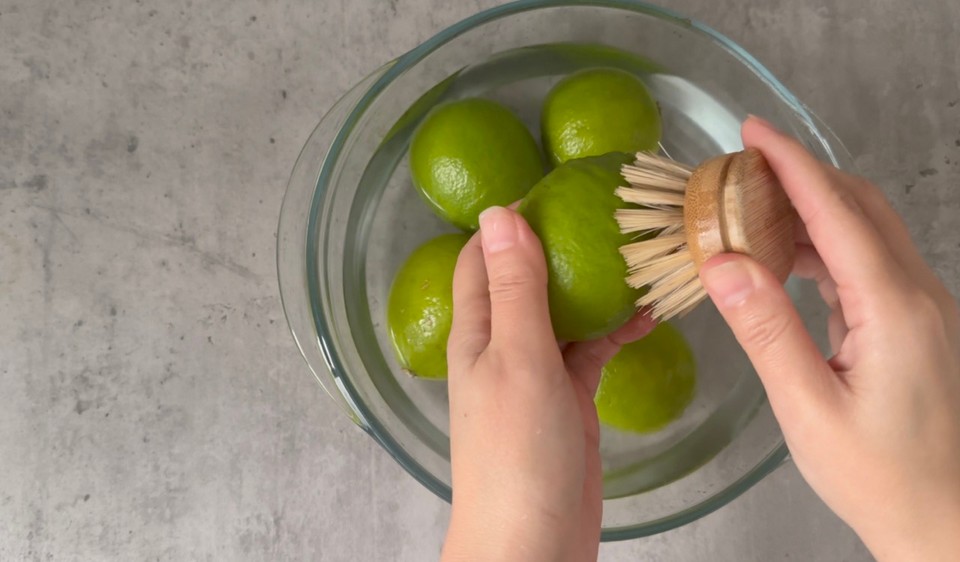
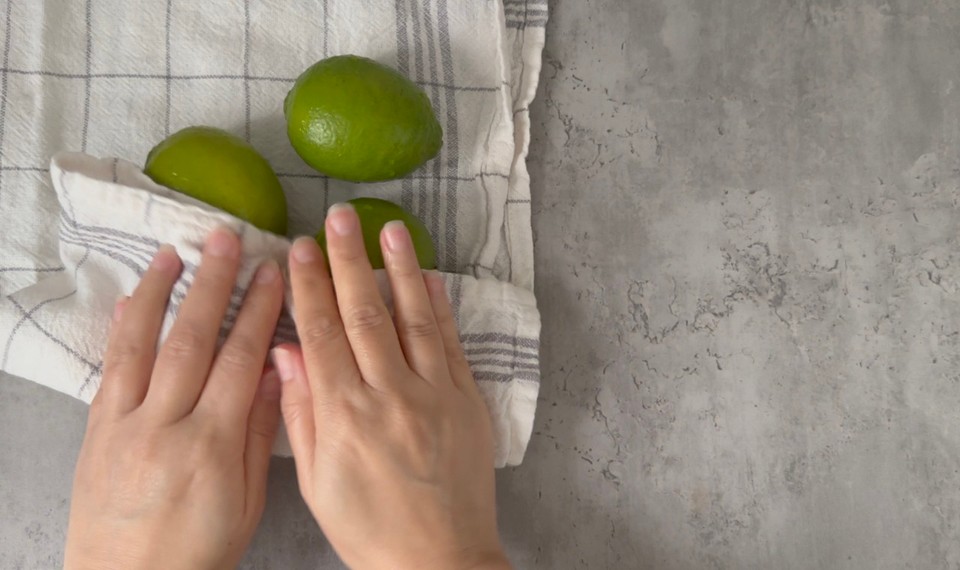
- Peel the skin and dry it in an air fryer with dehydrating function or in the oven on the lowest heat.
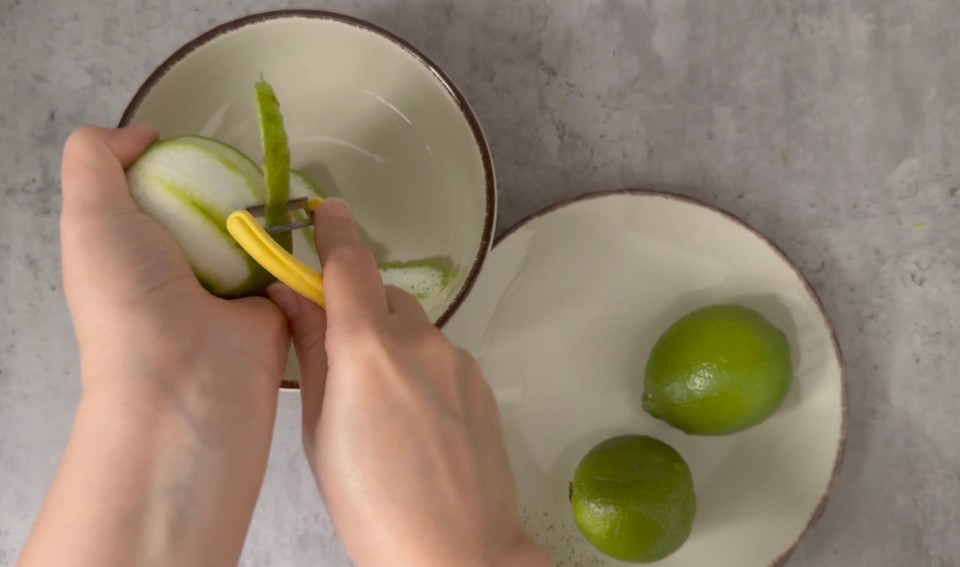
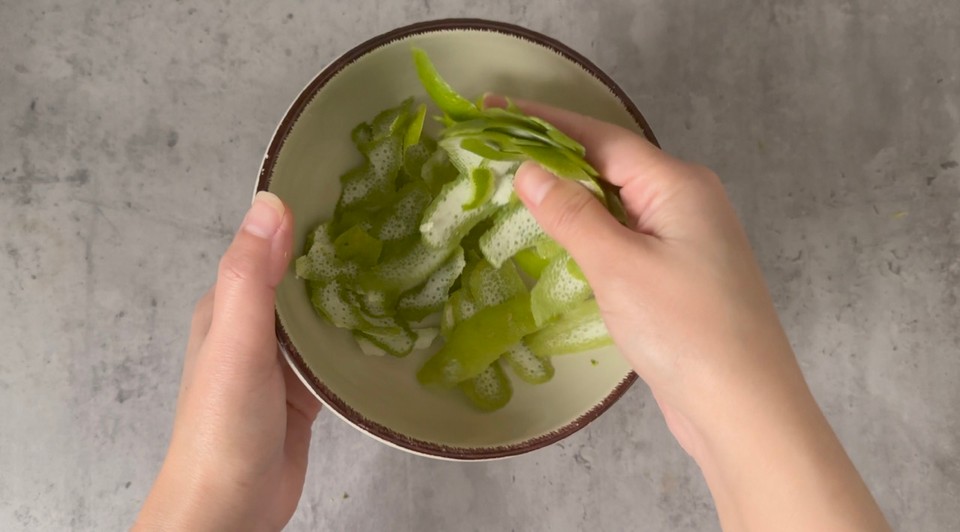
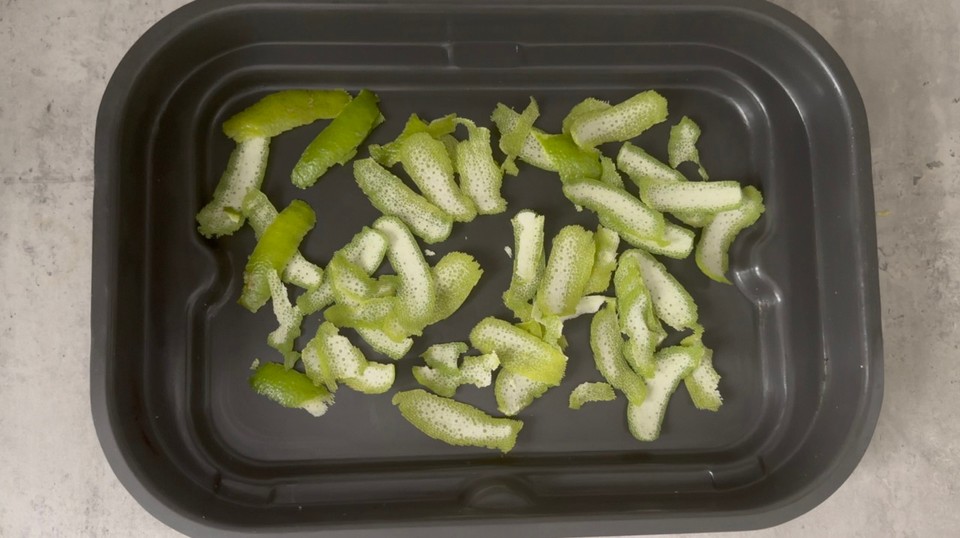
- While the lime's peels are getting dried, squeeze the juice of the limes and place them in an ice mold in the freezer.
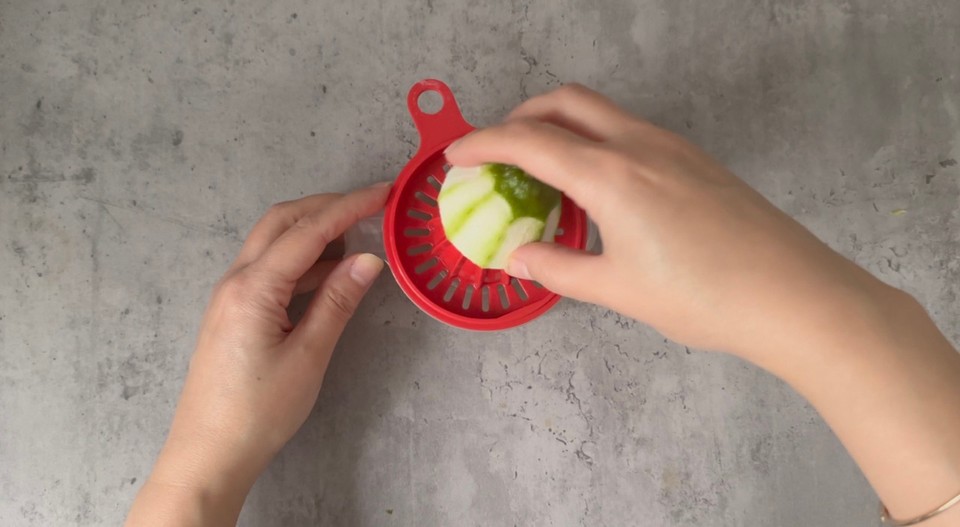

- Once the peels are dry, grind them to powder. I used a coffee grinder. Save them in a container for later.
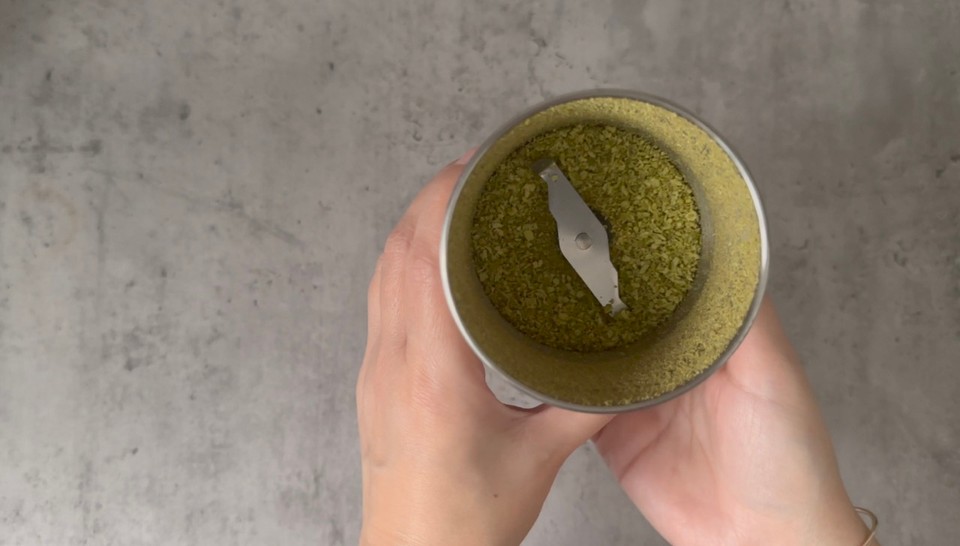
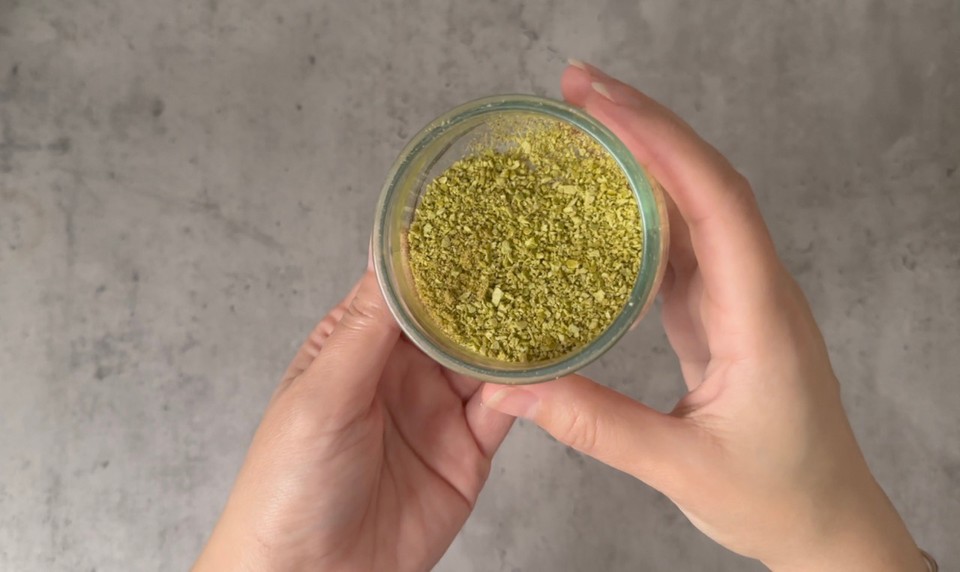
- The day after, start with eyes and skin protection.

- Weigh the frozen lime juice in a heat-resistant container.

- Add the lye (sodium hydroxide) to the frozen lime juice and stir until the lye dissolves. Set aside to cool down. I usually place the lye solution into my empty sink so no lye will touch anything else.

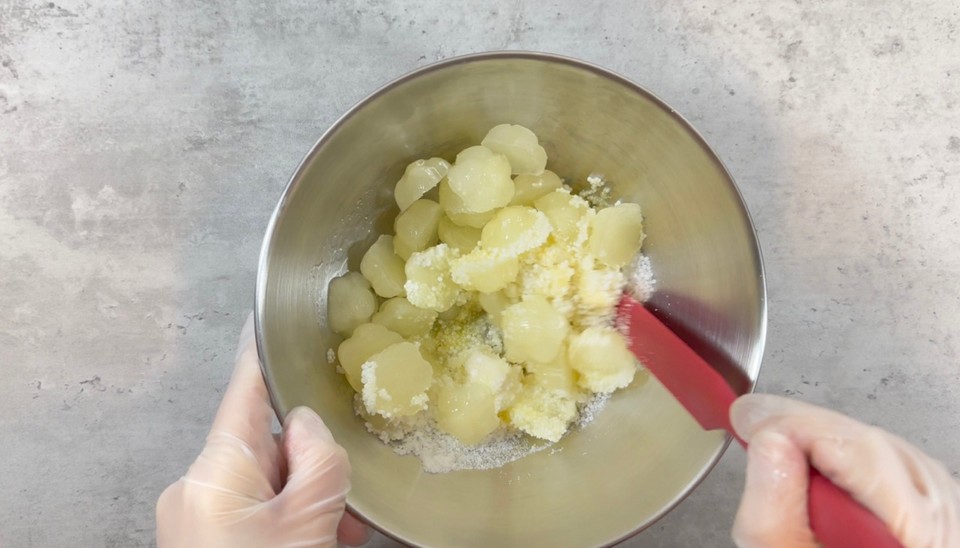
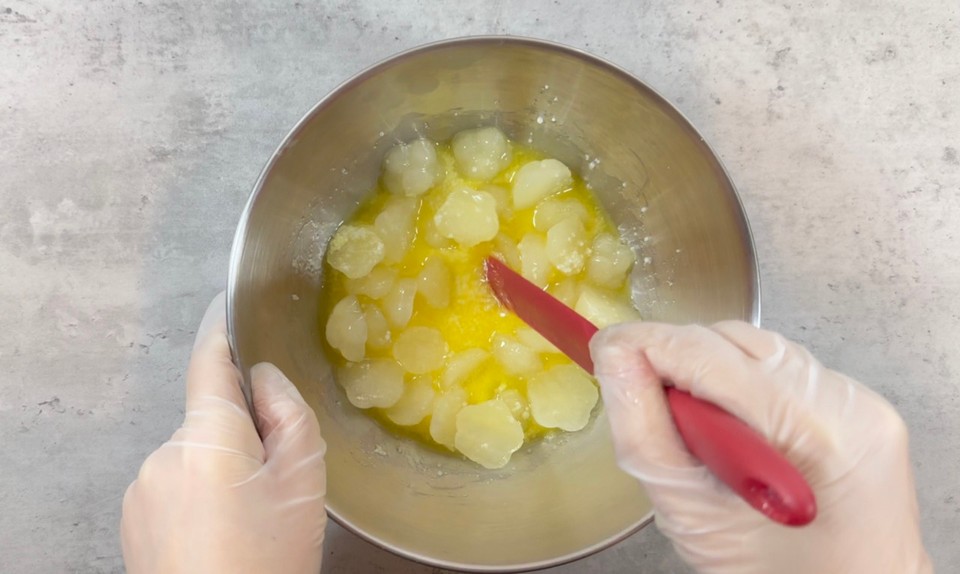
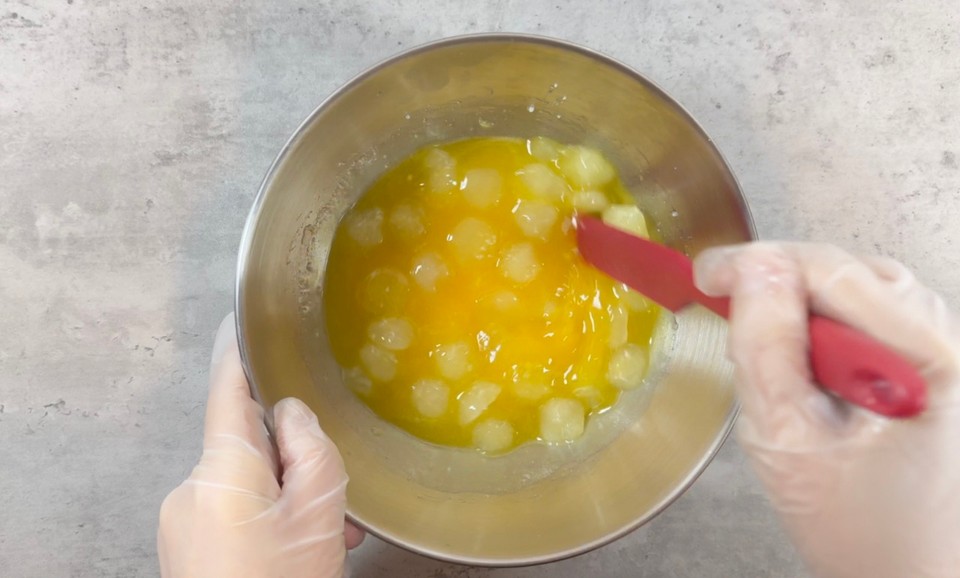
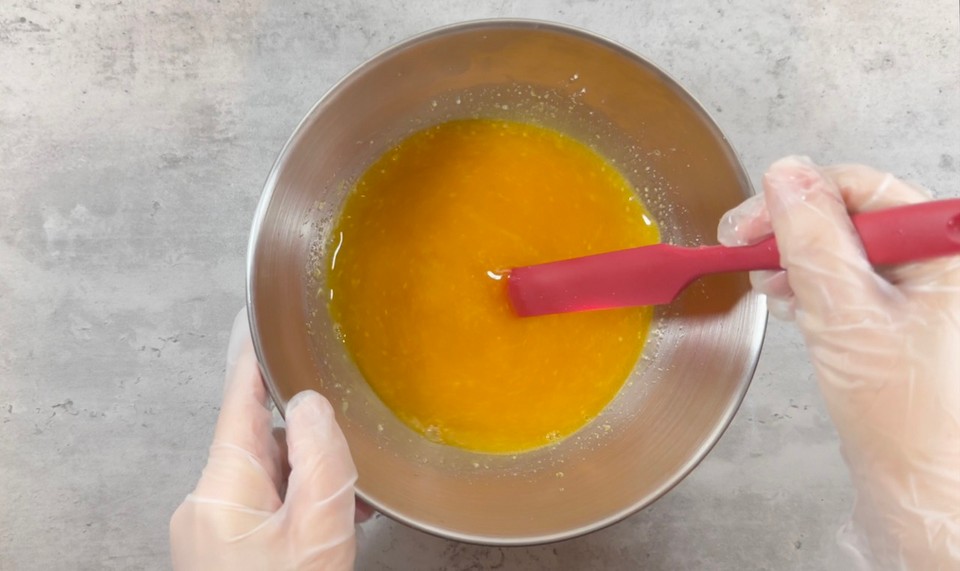
- Weigh the coconut oil and the butters in a pot. Place the pot on medium heat to melt the coconut oil and butters.
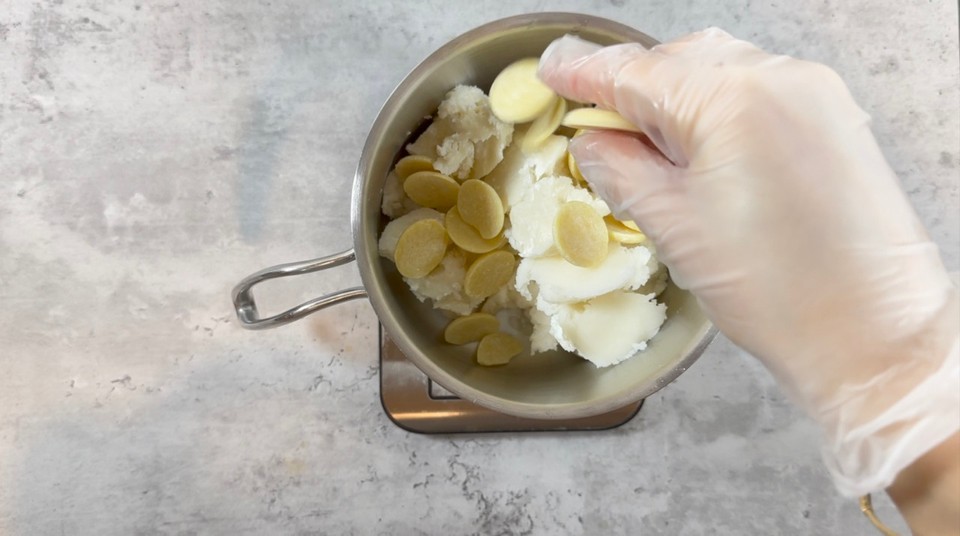
- In a different heat-resistance container, weigh the liquid oils.

- Add the melted oil and butters to the liquid oils.
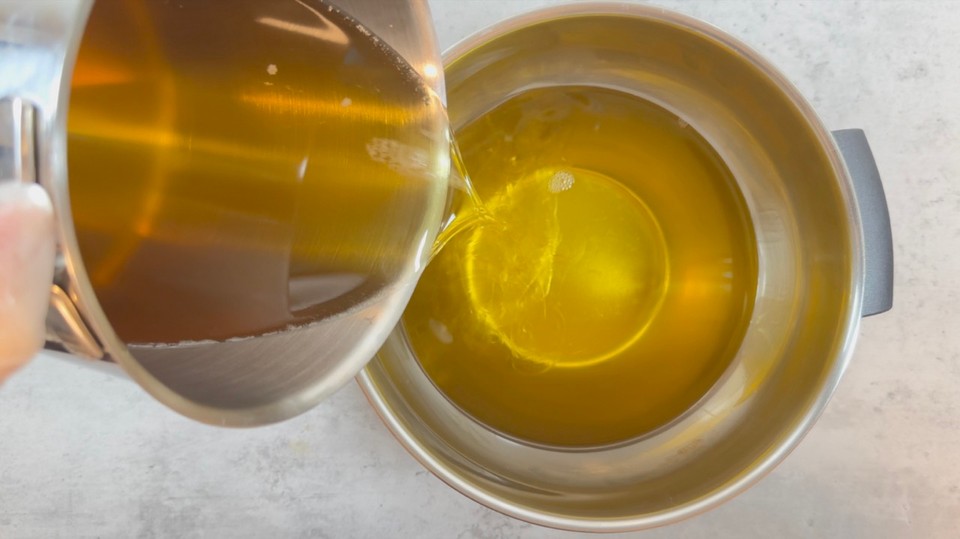
- Check the temperature of the lye solution and the oils. Around 35- 45 degrees Celsius is fine.
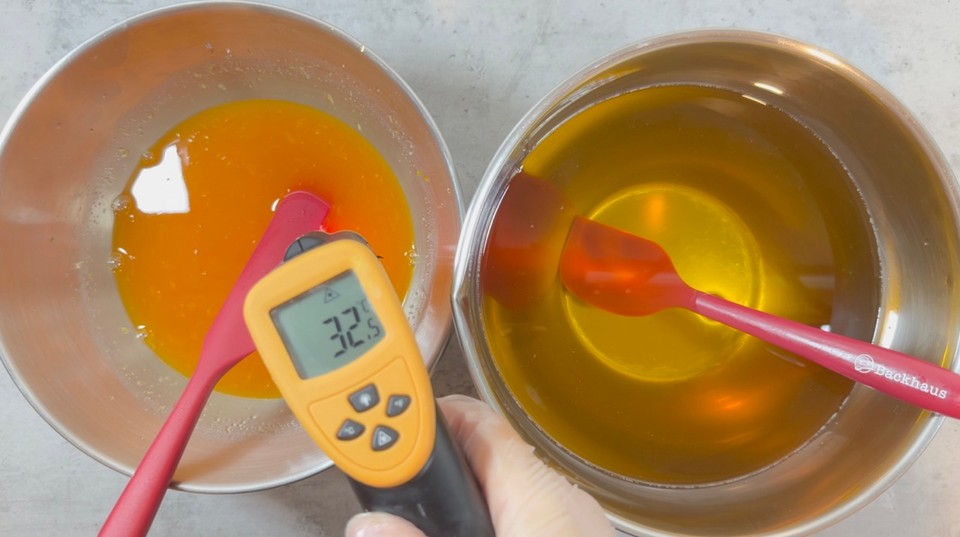
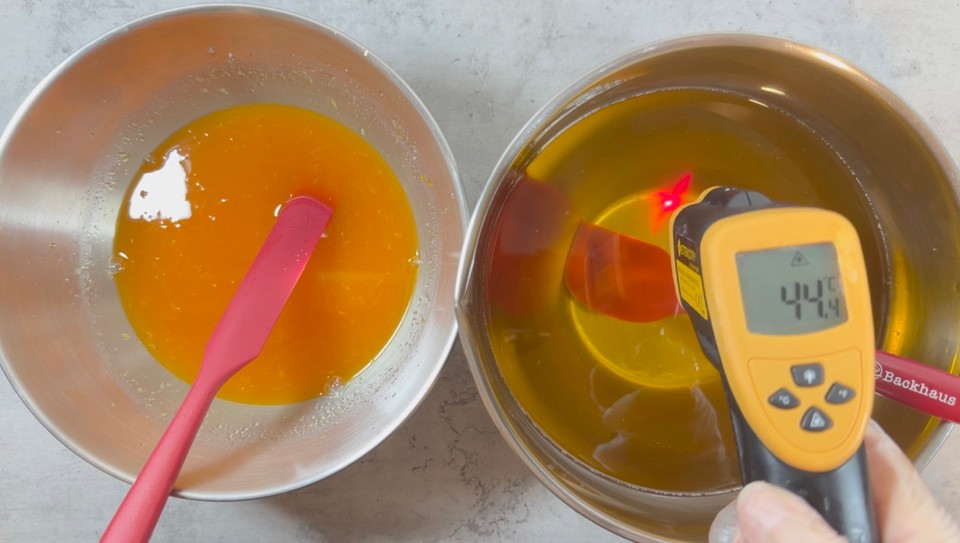
- Add the lye solution to the oils. A strainer/Sieve is recommended to avoid little undissolved lye petals entering the mixture.
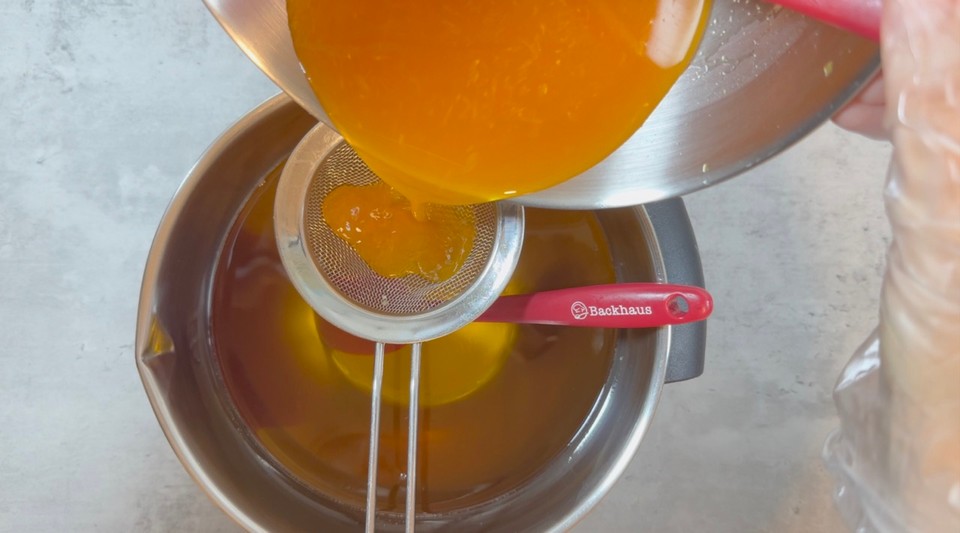
- Use an immersion blender to emulsify. Only use the blender for a few seconds to avoid reaching a very thick trace.
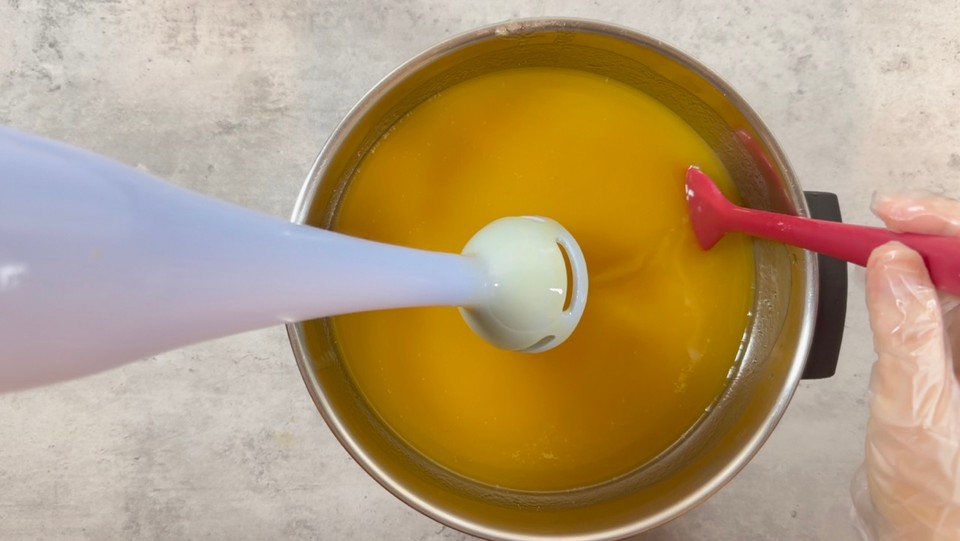
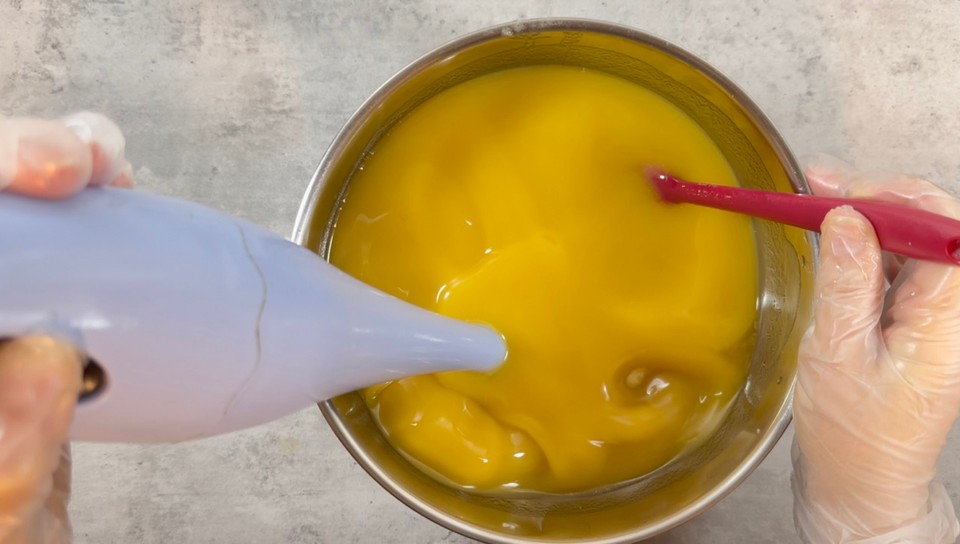
- Divide the batter into 3 parts, one part 2/4 and the other 2 parts 1/4 each.
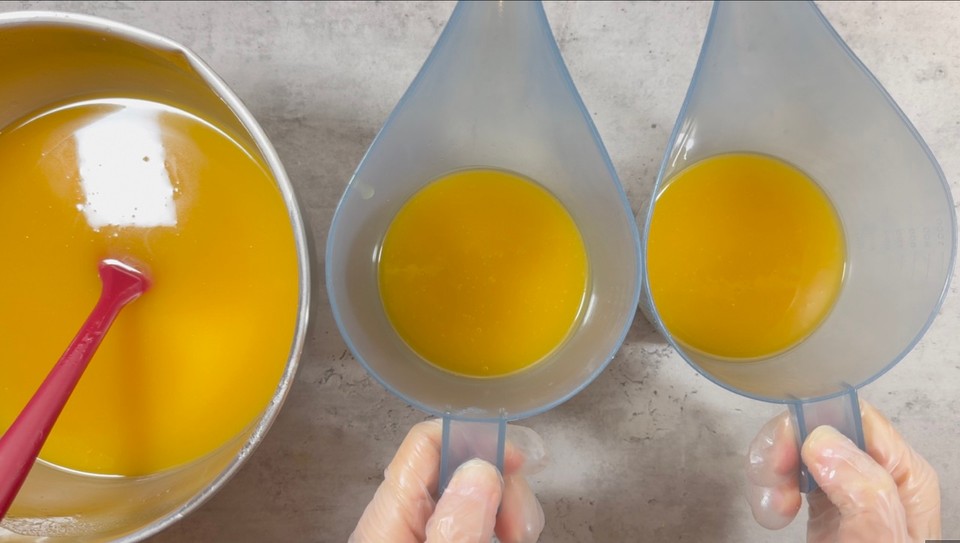
- Add 2/4 of the essential oils blend to the first part of the soap batter. Add a teaspoon of honey to the first part of the batter. Blend for a few seconds to combine.
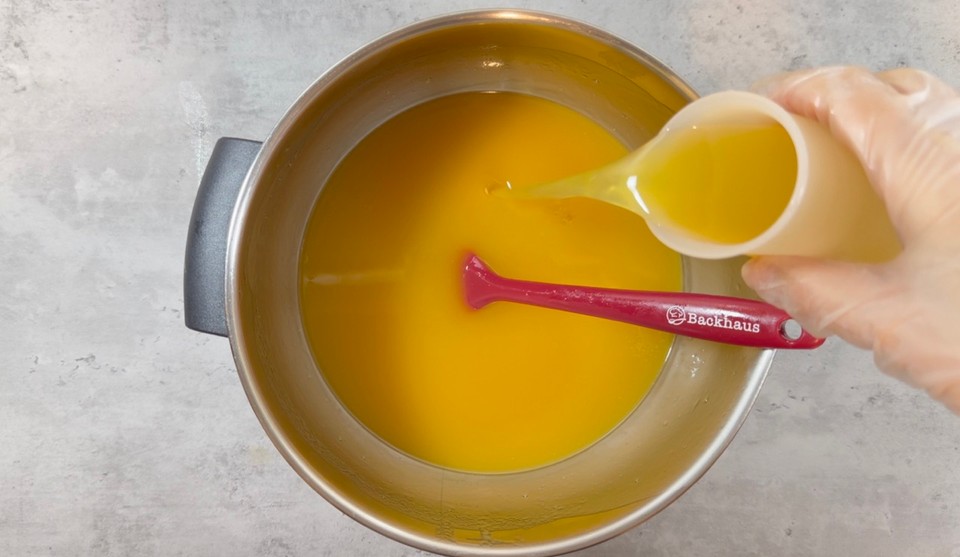
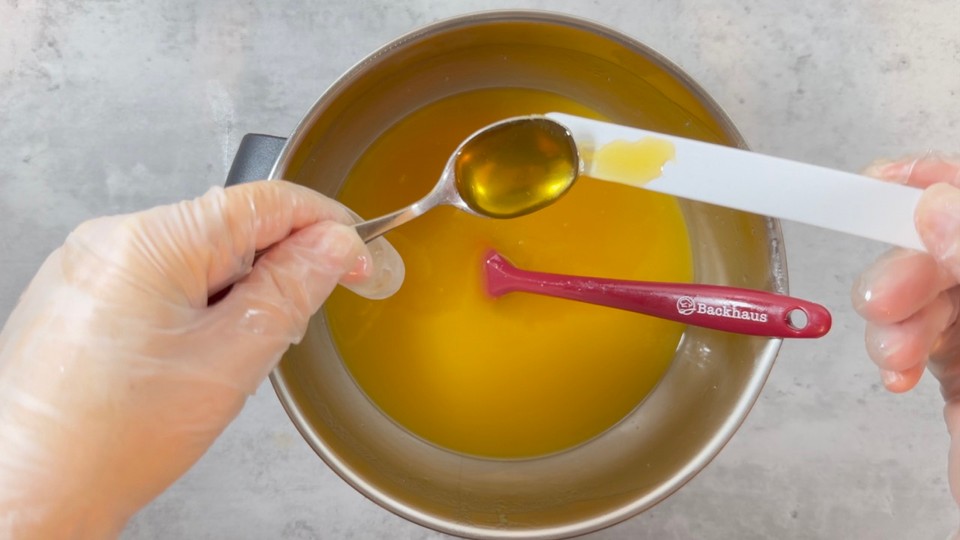
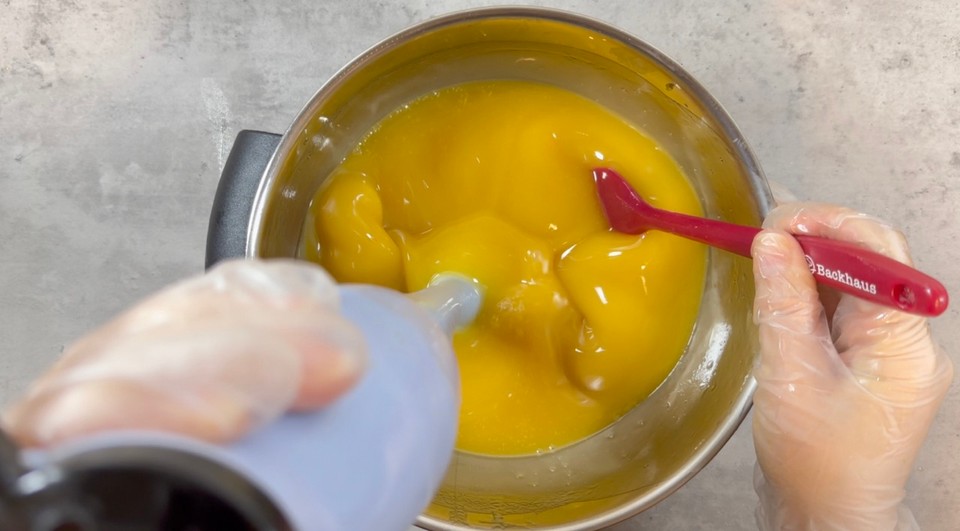
- Pour the first part of the batter into a mold.

- Tap the mold gently to release air bubbles.
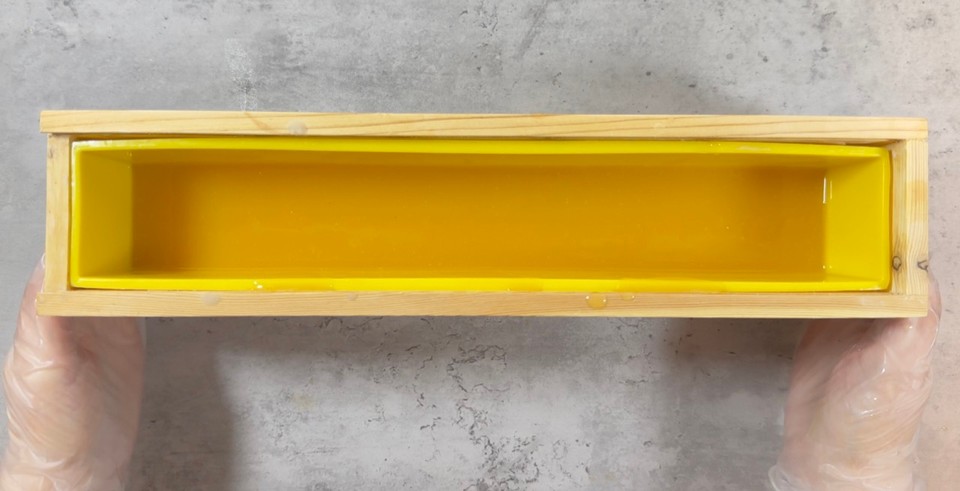
- To the second part of the soap batter, add a teaspoon and a half of the lime peels. Add 3/4 teaspoon of honey and 1/4 of the essential oils blend. Blend for a few seconds to combine.
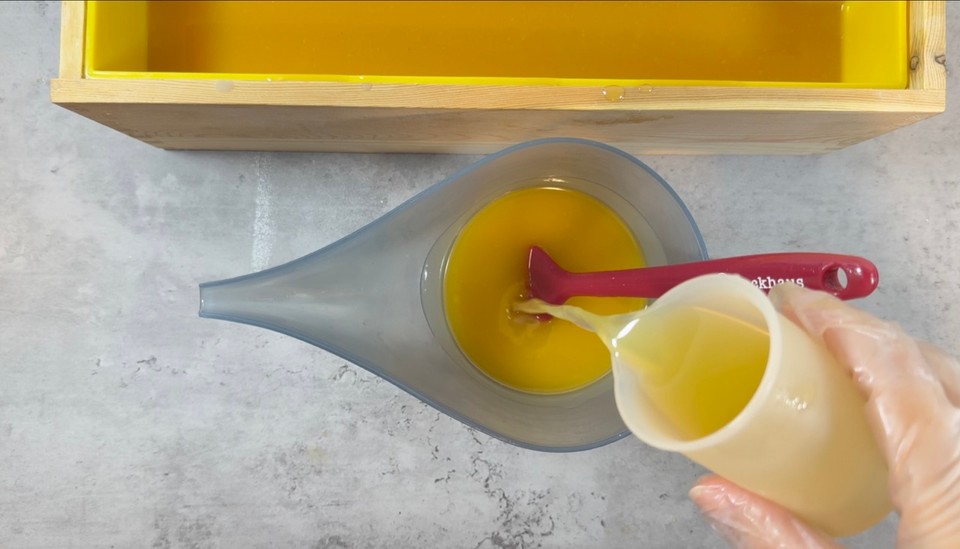
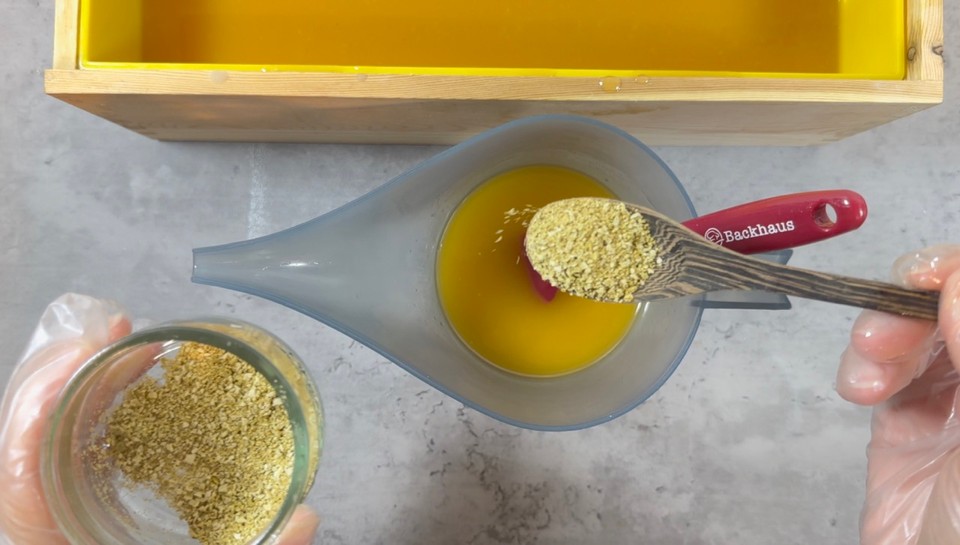

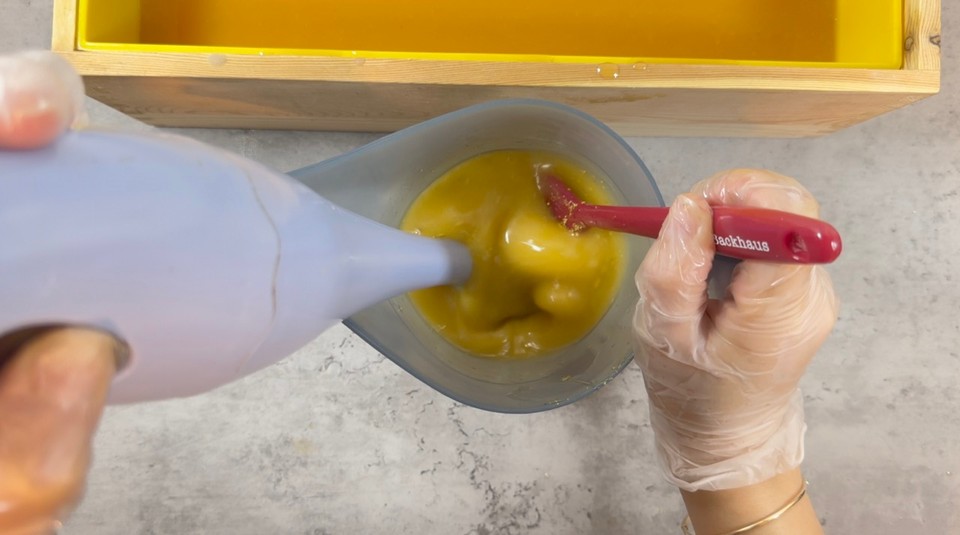
- Pour the second part of the batter into the mold from above.

- To the third part of the batter, add the peels, the 1/4 essential oils blend and a teaspoon of french green clay. Blend for a few seconds.
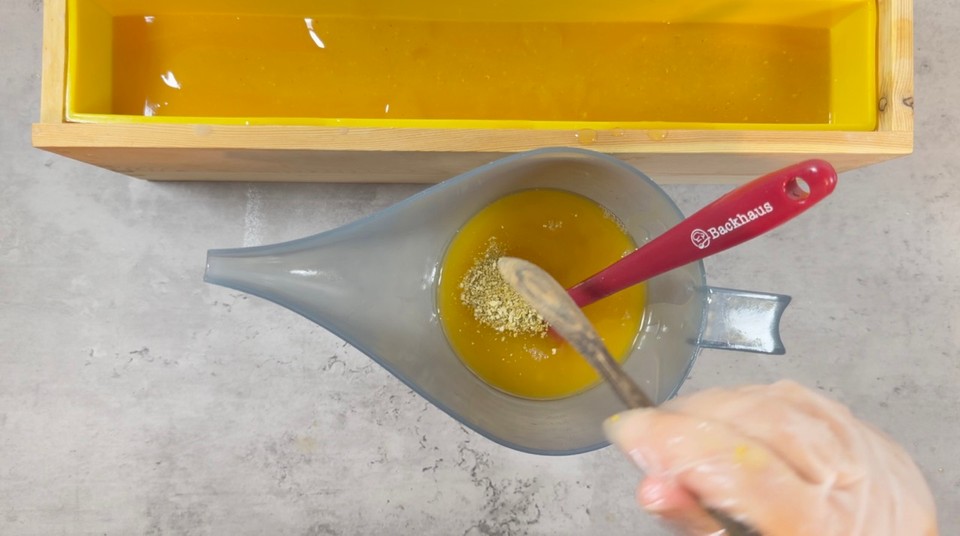
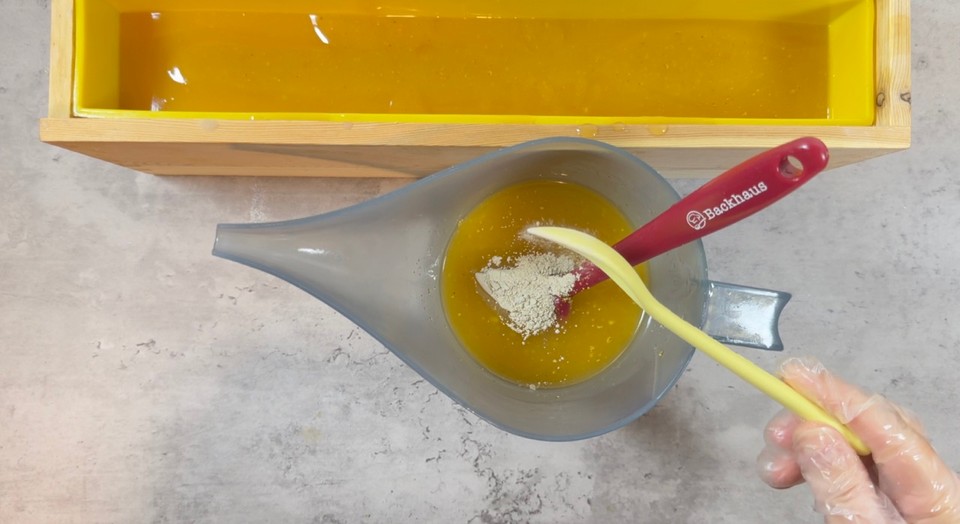
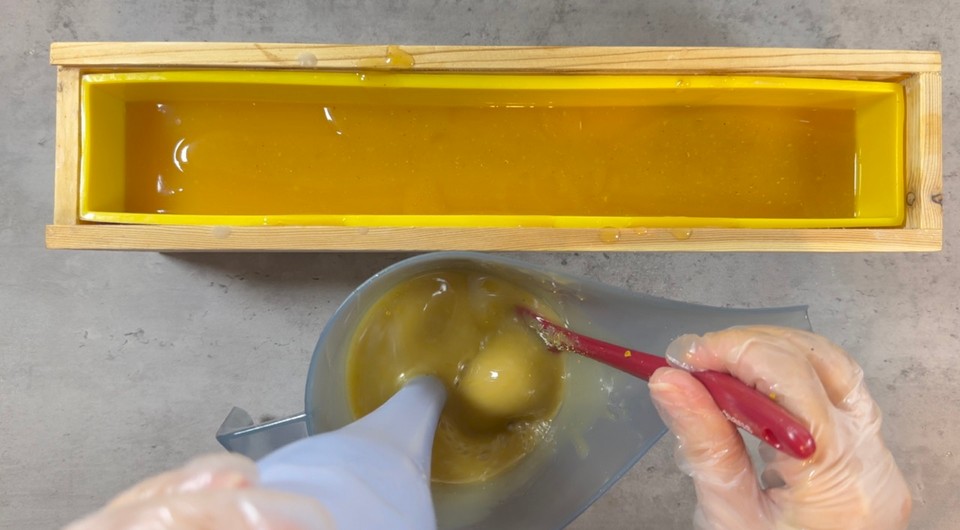
- Using a spatula, pour the third part on the top.
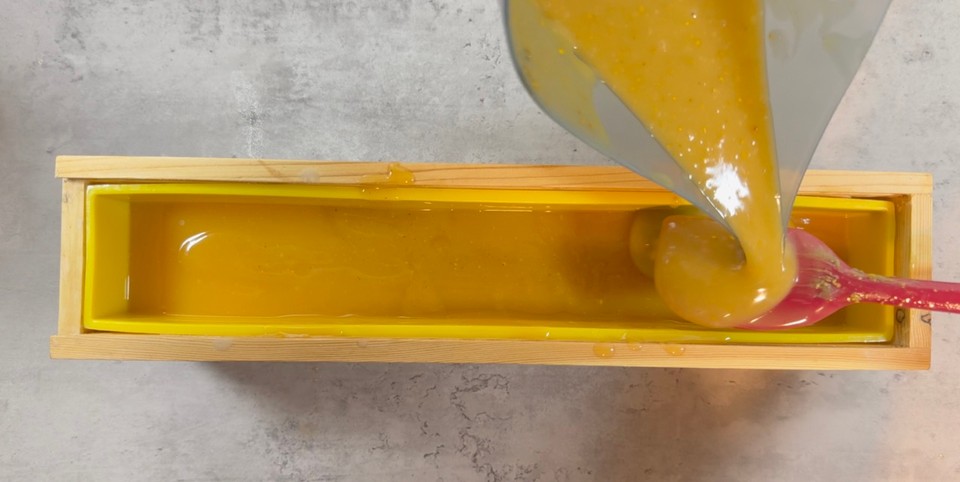
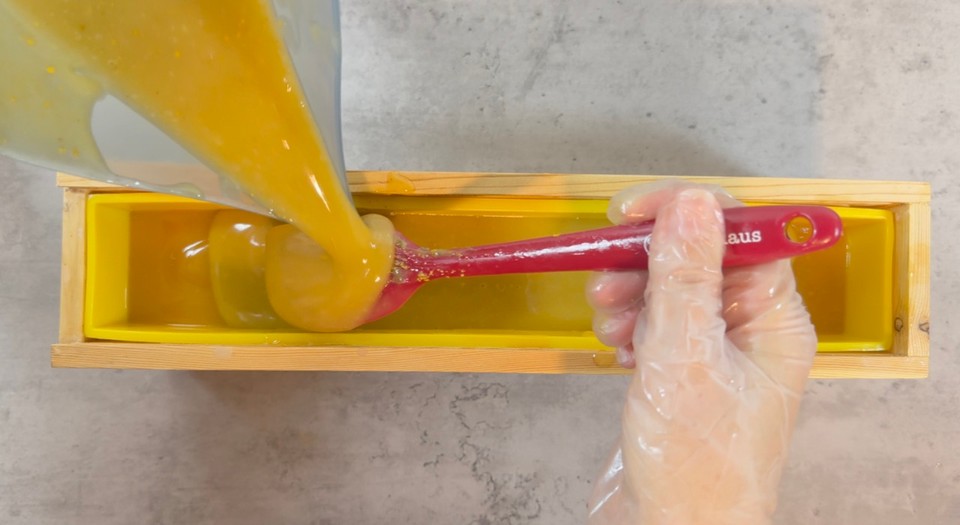
- Tap to release air bubbles.
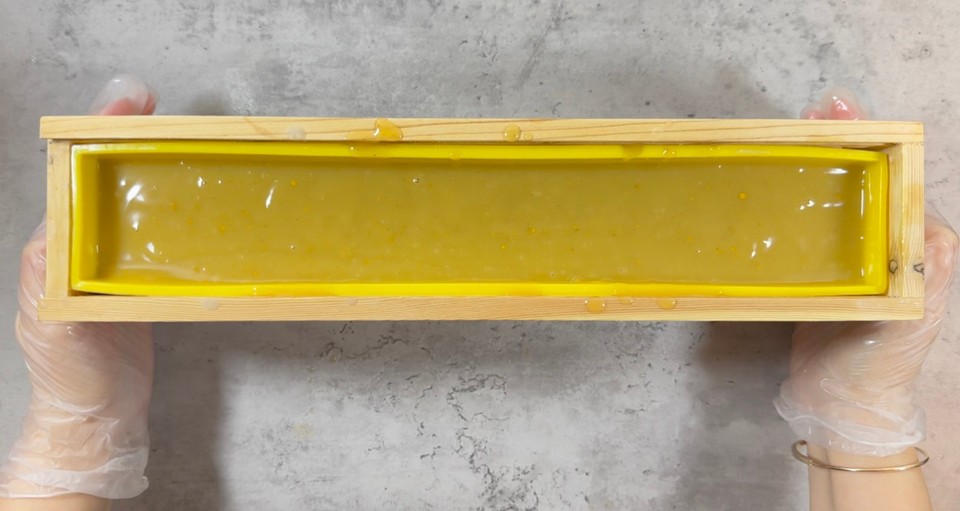
- Let the soap solidify for 24-48 hours before unmolding. After 24-48 hours, unmold and cut the soap into bars.

- For soft edges, use a vegetable peeler to shave the edges.
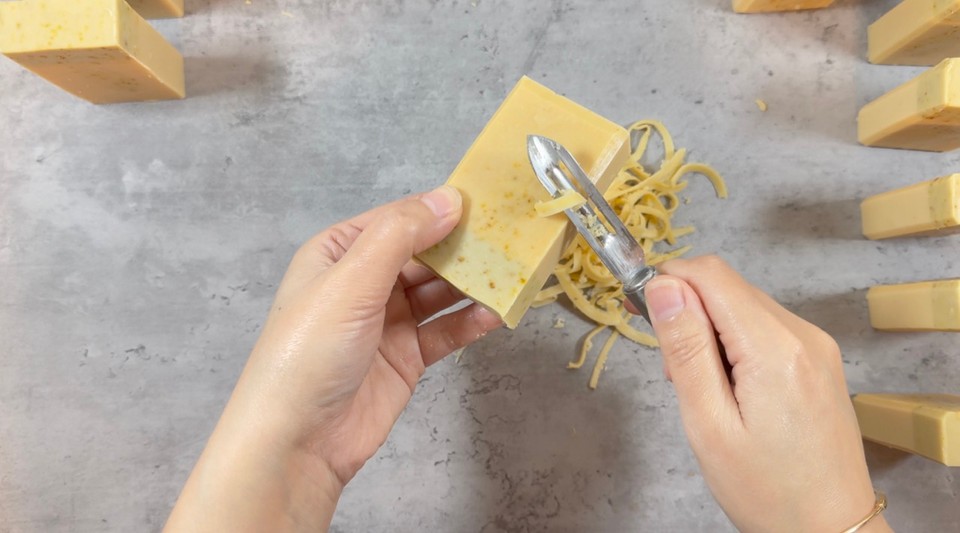
- Save all the shaving in a confetti soap bar or the Whipped Sugar Scrub from Soap Scraps recipe.
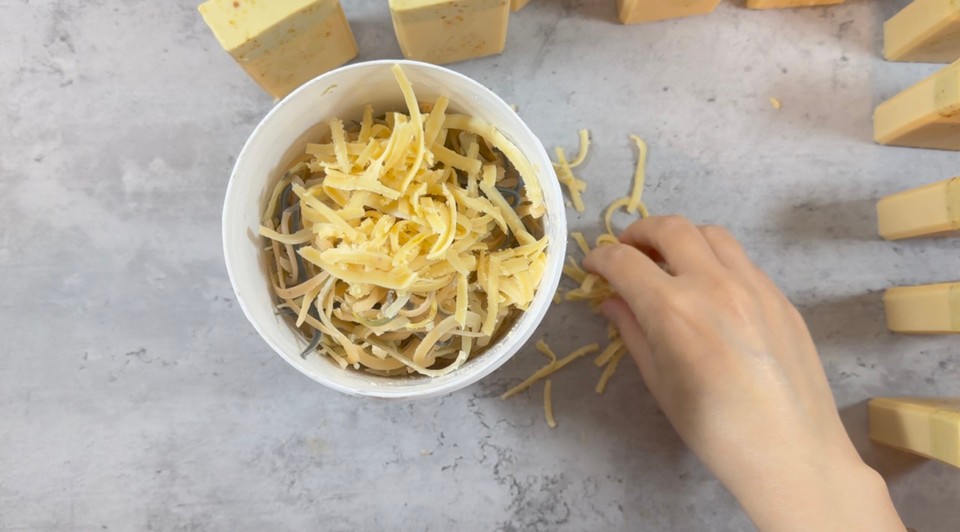
- After 3-4 weeks of curing time, the soap bars are ready to be used.
